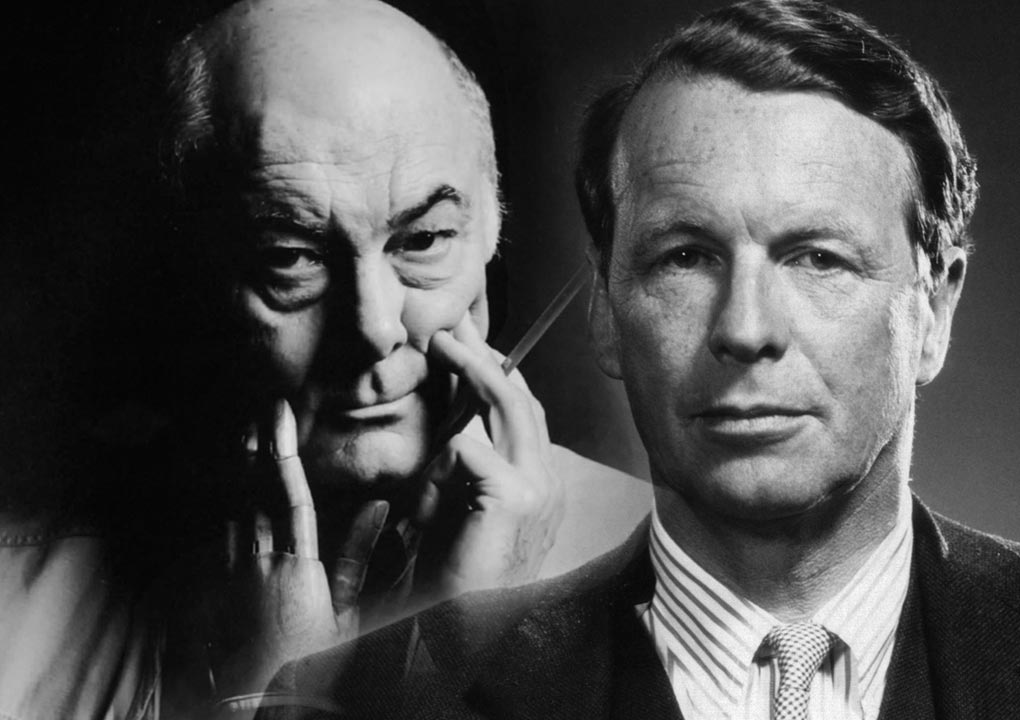Welcome to the final issue of Conversations@Tangible for 2023! In this 46th issue, we're pulling together all our key takeaways from internal branding - just for you.
Over the last few years, Tangible has had the privilege of working on several projects where organisational culture has been an integral part of our scope. In the 2023 series of our conversations@Tangible, we have explored various aspects of Internal Branding (culture building). As we wrap up the year with this final issue, we would like to summarise our learnings in five key observations.
Note: When we discuss ‘Internal Branding’, don’t think of internal communications! Think of how a company’s Purpose and Values can be leveraged to inspire its internal culture and behaviour.
Observation #1: You need a purpose to be your guiding light

A good corporate purpose is more than just a statement you craft for display on your ‘About us’ page. To realise its maximum benefits, you’ll need to go beneath the surface to unearth a shared sense of purpose that carries genuine significance within your organisation. This purpose will drive your organisation forward, guide strategic-decision making, give employees more fulfillment and clarity, and so much more.
And because your staff should also be a part of this shared purpose, aligning your employee value proposition with this purpose is essential for delivering your strategic goals. Can you imagine if Google was all about being inquisitive, experimental and questioning – but didn’t believe in investing in their people’s personal development?
At Tangible we ensure that the Purpose Statement and Corporate Values are aligned, so you can see how the Purpose will be delivered by the Values and also how the Values drive the Purpose. We advocate that the Values should be lived both internally and externally (so the corporate Values should be similar to the employees values).
Simply put: Say what you do and do what you say.
Observation #2: The CEO must lead the charge

You would think that creating a meaningful corporate purpose that resonates with everyone would be enough. But the truth is, if the leader of the organisation is not driving the company’s purpose and making sure it comes to life throughout the business, you might be wasting your time creating it in the first place. Your cleverly worded corporate purpose looks nice in your ‘Corporate Blurb’ but it has little or no impact.
Over the course of our work, we’ve found that what makes a project tangible is the CEO. If the CEO is the champion and leading the charge, then the organisation moves in a clear direction, with a sense of purpose.
As William Wang, the founder of Vizio said, “Everyone on the team plays an equal role. My role is to create the wave and everyone on our team keeps the wave going.”
Observation #3: HR must see their role as owners of the company culture
According to a recent study by Sage, 63% of c-suite leaders still see HR’s role as administrative, and more than half of them do not expect HR to play a significant or leading role across key areas that would traditionally sit in their wheelhouse, such as workforce planning and company culture.
Although we cannot deny that HR’s administrative roles are crucial, the gap is that this often lacks a direct impact on employee engagement. Instead, when HR actively owns the role of being champions of the organisational culture, they can significantly contribute to higher employee morale, satisfaction, and retention.

When HR are the champions of organisational culture, it also allows them to play a strategic role in addressing certain workplace challenges. These include:
Talent attraction and retention:
Where HR’s role is talent management might have been previously limited to recruitment; When they actively own and promote a positive culture, it enhances the organisation’s attractiveness to top talent and helps retain existing employees.
Adapting to change and innovation: When there is change, HR may tend to struggle to support organisational change initiatives. However, a strong cultural foundation that is facilitated by HR has the potential to enable smoother transitions and increase the organisation’s adaptability and change management.
Measuring the organisation’s internal health: Where metrics might have only been used by HR to focus on administrative efficiency, there lies the opportunity to utilise it to track key cultural indicators internally. This can help provide regular insights into your organisation’s health and potential areas for improvement.
Observation #4: Involve everybody!

With all that being said, it’s time to talk about (arguably) the most important stakeholders in internal branding – the employees! If you thought that internal branding doesn’t have to involve your current employees, you’re missing a big opportunity. And kind of the main point.
By actively involving every employee in the internal branding journey, it’ll ensure a unified and aligned understanding of the company’s core values, mission, and goals. The result is a cohesive team that moves together in one collective direction, where everyone understands where the company is heading.
Once everyone has gotten on board the same ship, the next step would be to engage your employees. At the heart of every thriving workplace lies employee engagement, and involving your employees in this continual branding process is a catalyst for this engagement. From creating initiatives like open channels, employee surveys and feedback sessions, to recognition and reward systems – what you really want to be doing is not just forcing people to believe in a brand you’ve created, but to live and breathe this brand into life because they believe in it too.
This could look like identifying and forming a dedicated culture team, comprising of members who are passionate about serving as ambassadors for the initiative. This team would be involved in the process of your internal rebranding, if any, and serve as advocates for company culture, communicating to teams on how they can contribute to cultivating a positive culture.
Observation #5: If you think an external consultant can drive internal culture, you’re sadly mistaken
Getting an outside perspective can be extremely important (and sometimes even crucial) when dealing with cultural issues in an organisation. But while external consultants can come in to assess and improve internal culture – culture has to be lived and breathed, and your internal staff are in the best position to enforce this.

External consultants are able to play the role of culture facilitators and as unbiased observers that can draw out certain sensitive feelings and perceptions that might otherwise stay unseen. Often, employee feelings toward the company go unnoticed, mainly due to factors such as a lack of suitable platforms or a reluctance/lack of motivation to express them. However, these sentiments are precisely what you need to be cognisant of, as they can serve as indicators of vital areas for improvement or highlight successful practices. Engaging external consultants can help in confidentially capturing these sentiments and fostering cultural change. Nevertheless, as external consultants will only be engaged for a limited duration, the responsibility really does fall on your organisation to implement and execute these changes in internal branding and culture.
In essence, internal branding will always be a fluid and ongoing process, requiring commitment, flexibility, communication and regular check-ins. And it requires a team effort to keep it going.
As the year comes to a close, here’s wishing you and yours a delightful Christmas and a New Year filled with happiness, from the entire Tangible team.

Share this article




